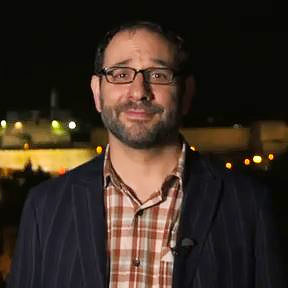I’ve written before about my time in rabbinical school when I did a summer unit of Clinical Pastoral Education. Over that summer I worked 40-hour weeks in a level one trauma hospital. Each day I would do rounds of my assigned units and offer to pray for each patient. From what I observed, my colleagues of other faiths were easily able to access extemporaneous prayer, partly because they weren’t relying on a specific prayer for healing as we have in Judaism. However, I was regularly drawn to the words of our prayer for healing, the Misheberach L’cholim. These Hebrew words literally translate to: “To the one who blesses the sick.”

It’s in this week’s parshah when the first blessing of the ill is offered, and we actually see several variations. This blessing in Parshat Vayera doesn’t look quite like it does today. In the Torah, the messengers of God come to visit Abraham as he’s healing from his circumcision. They model what it looks like to visit the sick. Following this experience we see Abraham bargain with God on behalf of the people of Sodom and Gemorrah; begging for an injunction to save their lives is also a prayer for healing. The text ends with Hagar begging for sustenance, its own form of healing, as she and Ishmael are banished from Abraham’s house, and then finally Abraham’s proclamation of presence at the binding of Isaac.
Together these segments of text teach us that part of our work in community is to be in the blessing process with each other. We can show up so those in need of healing are not alone. We can pray, and we can also offer resources. We can send meals or participate in a Meal Train. Each of these acts and more are a part of the blessing of healing the sick.
For more:
The Story Behind Debbie Friedman’s Beloved ‘Mi Sheberach’ Melody
Jewish Prayer for the Sick: Mi Sheberach
– Rabbi Eve Posen
Source: Bless Those in Need of Healing



